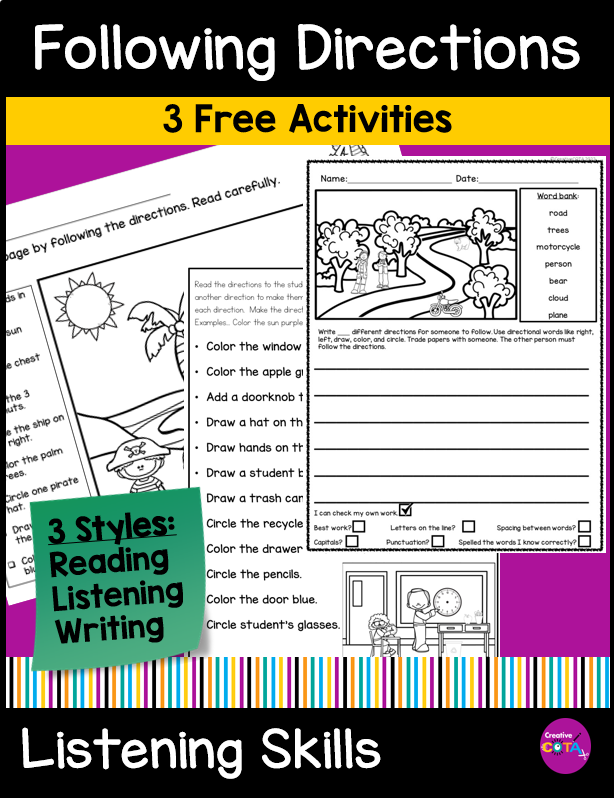
Letter and number reversals, commonly referred to as mirror writing, can pose challenges for young learners. These reversals often stem from weaknesses in visual processing and working memory, hindering a child’s ability to grasp foundational literacy and numeracy concepts. Letter and number reversals, such as writing “b” for “d” or “3” for “E,” are common in young children and are typically seen up until around age 7. These reversals are a normal part of early development as children learn to distinguish and correctly form letters and numbers. As educators and parents, addressing these challenges in older students head-on is crucial in supporting academic development. In this blog post, we’ll explore 10 engaging activities designed to help children recognize and correct letter and number reversals effectively.
- Kinesthetic Letter Formation: Encourage children to form letters and numbers using tactile materials like clay, sandpaper, or finger paints. This hands-on approach engages multiple senses, reinforcing muscle memory and letter orientation.
- Mirror Writing Games: Provide children with a mirror and have them write letters and numbers while observing their reflection. This visual feedback helps them identify and correct reversals in real-time.
- Letter Sorting Activities: Create sorting activities where children categorize letters and numbers based on their orientation (e.g., straight vs. curved, tall vs. short). This activity promotes visual discrimination and enhances awareness of letter and number shapes.
- Sensory Tracing: Utilize textured materials such as sand trays or textured paper for children to trace letters and numbers. The tactile feedback helps reinforce correct letter formation and encourages attention to detail.
- Multi-Sensory Flashcards: Design flashcards with large, clear letters and numbers accompanied by sensory elements like textured surfaces or scented markers. Engaging multiple senses while learning enhances retention and reinforces correct orientation.
- Letter Hunt: Hide letter and number cards around the classroom or home. Encourage children to search for them and identify any reversals they find. This activity promotes visual scanning skills and reinforces letter recognition.
- Rainbow Writing: Provide children with colored markers or crayons and have them trace over letters and numbers multiple times using different colors. This colorful approach makes learning fun while reinforcing correct letter orientation.
- Puzzles and Games: Integrate letter and number puzzles into classroom activities or game sessions. These puzzles challenge children to manipulate shapes and recognize patterns, enhancing spatial awareness and visual processing skills.
- Directed Drawing: Guide children through step-by-step drawing exercises of letters and numbers, emphasizing correct orientation and stroke sequence. This activity helps develop fine motor skills while reinforcing letter and number recognition.
- Editing Exercises: Provide children with written passages containing intentional reversals. Challenge them to identify and correct these errors using visual cues and context clues. This activity sharpens editing skills and promotes attention to detail.
By incorporating these engaging activities into classroom instruction and home learning environments, educators and parents can effectively support children in overcoming letter and number reversals. Through hands-on exploration, multi-sensory experiences, and targeted practice, children can develop the visual processing skills needed for successful literacy and numeracy development. Together, let’s empower young learners to conquer mirror writing and unlock their full potential.
Addressing Letter and Number Reversals Made Easy!
Check out these resources in my store for worksheets and activities to help students work on decreasing reversals when writing.


About the Author
I am a Certified Occupational Therapy Assistant (COTA) and have been working in a public school system for more than 25 years. My resources can be found on TPT, BOOM Learning, Made by Teachers, Classful, and Your Therapy Source. I appreciate your interest wherever you wish to shop.
My mission is to help you find creative ideas to incorporate fine motor, visual perception, gross motor, and social-emotional learning into your lessons.
I hope you consider signing up for my Free Resource Library with your Email. I send out emails about once a week and share resources, tips, and planning ideas for your classroom or occupational therapy needs. Hopefully, these help your students work on building their skills in a fun and engaging way.






